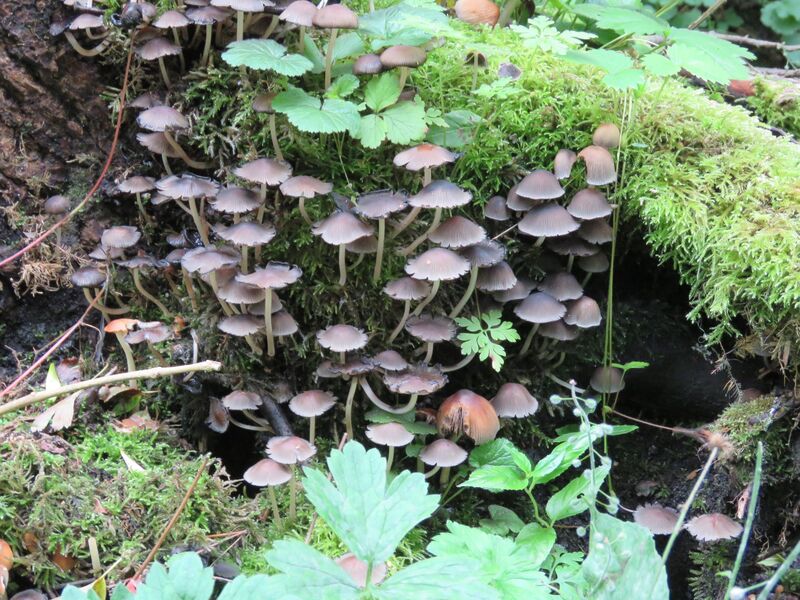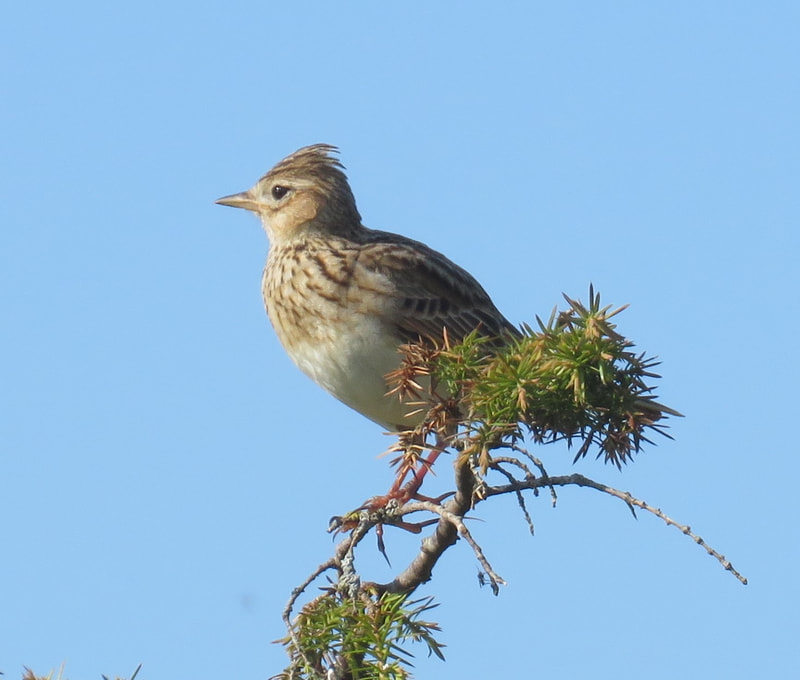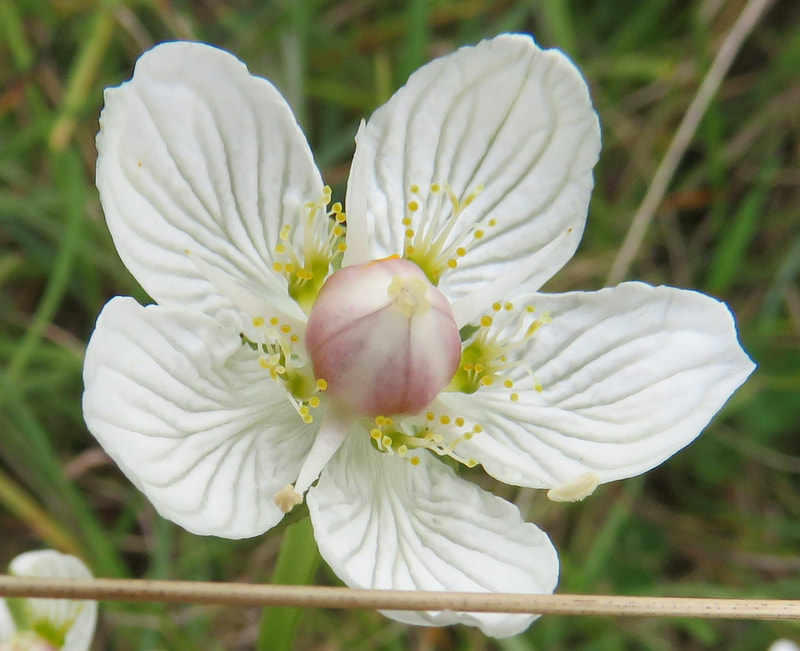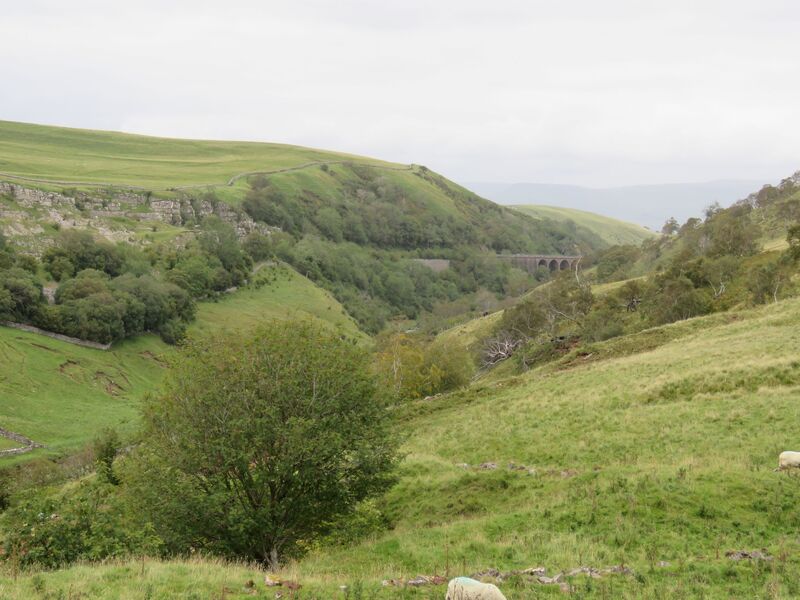 Guelder Rose, Viburnum Opulus
Guelder Rose, Viburnum Opulus For my companion I choose a looker, someone who delves dimensions and misses nothing. Someone curious. Who has to include Waitby Greenriggs in the fading light to see how every loop of railway line connects, from live lines with trains to disused railway tracks with embankments now habitat for flora and butterflies.
Fungi about a tree stump and the glossy berries of stone bramble. Stone bramble, Rubus saxatilis.
Smardale has layer upon layer of history. LIke the sedimentary layers of Smardale limestone, a millefeuille of compacted layers laid down over aeons of time. Hidden within them, an ocean of tiny creatures preserved as fossils. Before we set forth on our exploration my companion reads to me the history of Smardale Hall.
On wet, grassy slopes below Smardale Fell the white flowers of Grass of Parnassus are scattered. And again as we approach the pack-horse bridge over Scandal Beck. Once a flower is fertilised the ovary swells and flushes pink, amidst a corolla of white petals streaked with green. I have a personal natural history of Smardale visits , finding things over the years, at different seasons. I have not seen Grass of Parnassus here before. You have to come to Smardale once a week in every season, so as not to miss anything. If only.
I hope we'll take to the heather and find red grouse. 'Let's not linger over every fossil in the wall', he suggests. Oh dear! I have history. Sheep graze the grassy fringe of the heather then there's the raucous 'go back, go back' of red grouse and a bird flies low and disappears. Wading through fragrant heather is wonderful. More cackling from a pair of red grouse and I follow their flight, take photographs blind to catch the bird on camera. A kestrel hovers over the heather fell and we stop to watch.
We do not linger over every fossil in the wall but we remark upon the uprights, one gatepost of limestone, one of sandstone. There was a sandstone quarry by the pack-horse bridge and as we approach the character of the wall shifts from limestone to the warmer and darker hues of old red sandstone. Over the wall we contemplate Scandal Beck, Smardale Gill Viaduct and the limekilns and limestone quarry. The route above the beck gives a fresh perspective, with gnarled hawthorns with ripe fruit, and birch trees.
Are they edible, he asks?
If served with Shakespeare's poetry, if served by Titania's fairies, Peaseblossom, Cobweb, Moth and Mustardseed. The Fairy Queen instructs her fairies to be courteous to her new lover.
Feed him with apricocks and dewberries,
With purple grapes, green figs and mulberries,
The honeybags steal from the Humble-bees,
And for night-tapers crop their waxen thighs
And light them at the fiery glow-worm's eyes
To have my love to bed, and to arise.
And pluck the wings from painted butterflies,
To fan the moon-beams from his sleeping eyes ,
Nod to him, elves, and do him courtesies.
Midsummer Night's Dream Act 111. scene 1.
Perhaps wild dewberries were served at the Tudor court, perhaps they were cultivated. Titania, the Fairy Queen, has her fairies offer dewberries to her lover, Nick Bottom the weaver- transformed into an ass. If we'd had our wits about us we might have gathered fruit for a supper of lasagne, a millefeuille of layers, followed by dewberries and clotted cream.
In fading light I might suggest we look for glow-worms. If we cannot find them we could crop the waxen thighs of bumblebees to make night tapers - here's one deep in Devil's-bit scabious.































 RSS Feed
RSS Feed